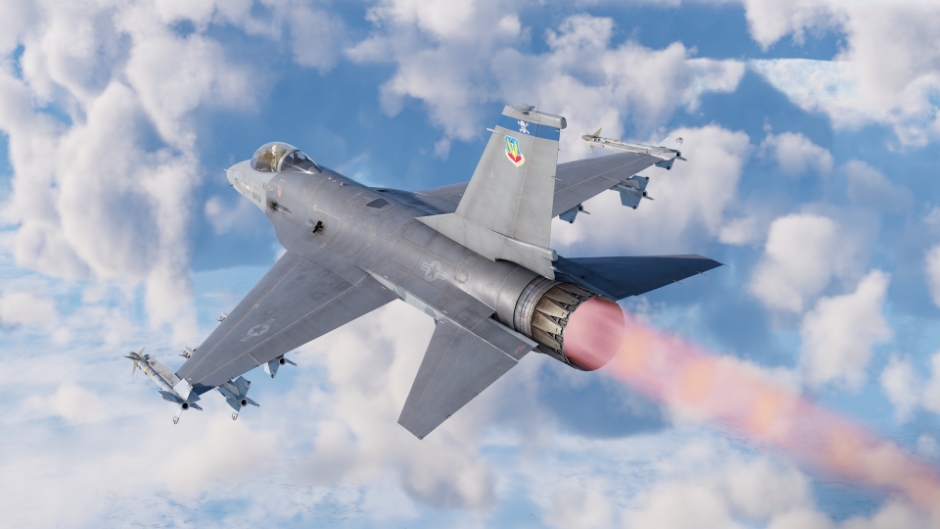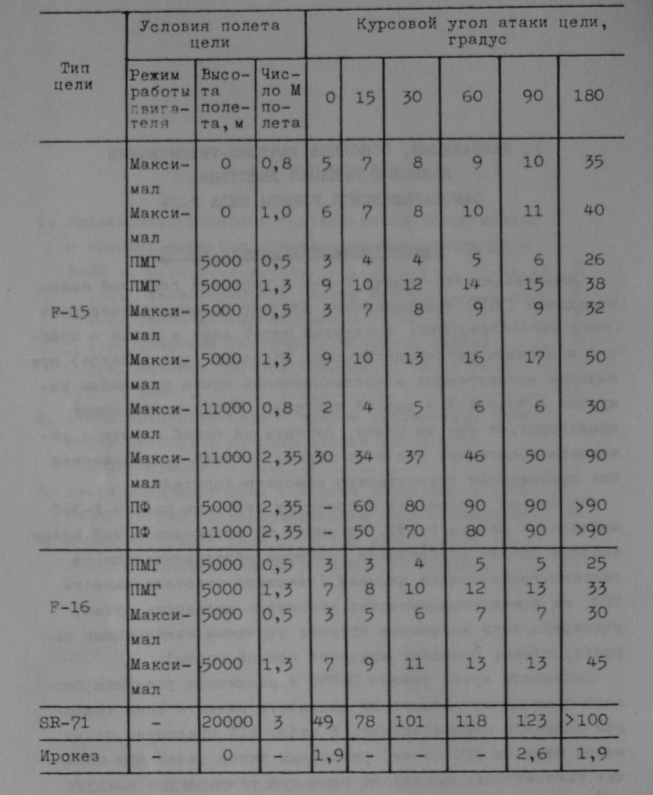
- For PC
- For MAC
- For Linux
- OS: Windows 10 (64 bit)
- Processor: Dual-Core 2.2 GHz
- Memory: 4GB
- Video Card: DirectX 11 level video card: AMD Radeon 77XX / NVIDIA GeForce GTX 660. The minimum supported resolution for the game is 720p.
- Network: Broadband Internet connection
- Hard Drive: 22.1 GB (Minimal client)
- OS: Windows 10/11 (64 bit)
- Processor: Intel Core i5 or Ryzen 5 3600 and better
- Memory: 16 GB and more
- Video Card: DirectX 11 level video card or higher and drivers: Nvidia GeForce 1060 and higher, Radeon RX 570 and higher
- Network: Broadband Internet connection
- Hard Drive: 62.2 GB (Full client)
- OS: Mac OS Big Sur 11.0 or newer
- Processor: Core i5, minimum 2.2GHz (Intel Xeon is not supported)
- Memory: 6 GB
- Video Card: Intel Iris Pro 5200 (Mac), or analog from AMD/Nvidia for Mac. Minimum supported resolution for the game is 720p with Metal support.
- Network: Broadband Internet connection
- Hard Drive: 22.1 GB (Minimal client)
- OS: Mac OS Big Sur 11.0 or newer
- Processor: Core i7 (Intel Xeon is not supported)
- Memory: 8 GB
- Video Card: Radeon Vega II or higher with Metal support.
- Network: Broadband Internet connection
- Hard Drive: 62.2 GB (Full client)
- OS: Most modern 64bit Linux distributions
- Processor: Dual-Core 2.4 GHz
- Memory: 4 GB
- Video Card: NVIDIA 660 with latest proprietary drivers (not older than 6 months) / similar AMD with latest proprietary drivers (not older than 6 months; the minimum supported resolution for the game is 720p) with Vulkan support.
- Network: Broadband Internet connection
- Hard Drive: 22.1 GB (Minimal client)
- OS: Ubuntu 20.04 64bit
- Processor: Intel Core i7
- Memory: 16 GB
- Video Card: NVIDIA 1060 with latest proprietary drivers (not older than 6 months) / similar AMD (Radeon RX 570) with latest proprietary drivers (not older than 6 months) with Vulkan support.
- Network: Broadband Internet connection
- Hard Drive: 62.2 GB (Full client)
Heat seekers on missiles are now able to react to the heat signatures of jet aircraft engines in various run modes.
Hey guys! We’d like to unveil details of the recent improvement in the mechanics of acquiring the thermal signatures of jet engines by missile seekers. The fact is that the picture of the intensity and distribution of heat from an aircraft jet engine directly depends on its operational mode. So, in non-afterburning modes, the intensity of the plumes of hot gasses in the forward hemisphere of an aircraft is low and comparable to the intensity of the glow of a heated fuselage skin.
At the same time, the expanding flame of burning fuel in afterburner modes has a significant luminosity not only in the rear, but also in the front hemispheres of the aircraft.
The lock-on range of infrared homing heads in the forward hemisphere for non-afterburning targets is determined mostly by the heating of the fuselage. The presence of such an intense source of infrared radiation as an afterburner plume significantly increases the possibility of target detection at long distances.
We have discriminated the afterburner plume into a separate thermal signature for a more correct calculation for target detection range in afterburner mode. In addition to the increasing of the lock-on range in the forward hemisphere of all-aspect missiles, like AIM-9L and R-24T, with a cooled sensor made of indium antimonide, this allowed us to recreate the limited front aspect capability of the AIM-9D type missiles with a cooled sensor made of lead sulfide, which at short distances allows the detection and killing of afterburning targets on a head-on directions.
Thus, missile IR seekers now more correctly process thermal signatures of different engine modes at different distances and at different angles. In addition, it has become possible to significantly expand the tactics of missiles already familiar to you. Happy air hunting, pilots!







Comments (36)
Comments will be premoderatedLove to see the passion in these devs! Details make this so much more immersive and fun! Thanks all!!!
o7
This is kind of stuff im more excited about then addition of new vehicles/maps. Quality of life improvements and additions are by far my favourite things about each update. Really nicely done. Devs and research team deserve a praise. Gaijin W moment.
Nice! Will we get some deeper information, like a list of the ranges for the different missiles in game?
At the moment, we planned to explain the changes in a broad sense in this blog. But we don't exclude the possibility of expanding the info available in stat cards for missiles in the future.
I must say, it wasn't easy to understand just looking at the files, Thanks a lot of the additional information
Very nais
What about the R27T that eats flares like breakfast even if it is 0.2km behind my afterburning target?
F-16s in afterburner still casually one flare the R60M from any aspect, great success!
its because they also increased the sensibillity of all all-aspect missiles
R-60M doesn't have reliable flare resistance. So this would be the intended behaviour of the missile.
Too bad the MiG-29's heat signature is still going to be 500°C too cold because its modelled after its 921°C ECU max temp instead of the 1407°C turbine inlet temperature.
very nice details! but improving heat tracking for manpads and ground base ir missile would be neat as they are useless against low br helicopter that have too small signature to be locked above 2 km, and also against ircm helicopter that usually boast long range missiles and can't be locked at those ranges.
seems to be a good call, but to be fair, I wish it wont cause more bugs
Submit a complaint